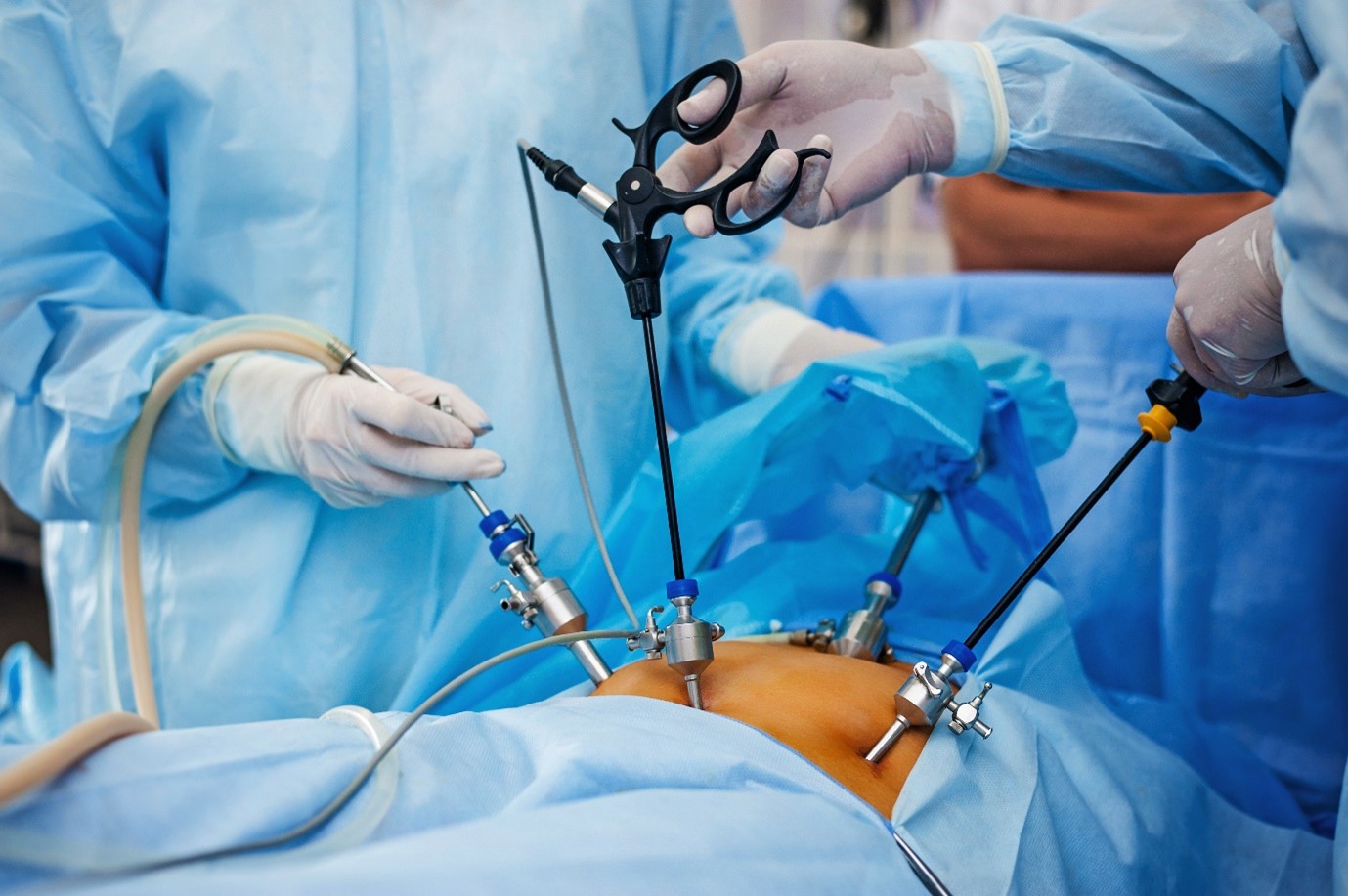Common Gynecological Surgery Procedures
Every woman will face different challenges with her gynecologic health throughout her lifetime. For some, surgery is necessary to correct a problem. Your gynecologist is trained to diagnose and treat conditions affecting the female reproductive system. When it comes to New York gynecologic surgery, many different types of procedures may be performed.
These procedures will help to treat conditions such as:
- Cancer: Surgery used to remove tumors or cancerous growths.
- Fibroids: Non-cancerous growths that develop in the uterus. Surgery will help to remove them.
- Endometriosis: A syndrome when the uterus’ lining tissue protrudes outside of it.
- Ovarian cysts: Fluid-filled sacs that can develop on the ovaries. And surgery might be helpful
- Pelvic organ prolapse: A condition in which the pelvic organs fall out of place, and the surgical procedure will help to put them back into place.
Each procedure will be different, and your gynecologist will work with you to determine the best course of treatment.
Here is a look at some of the most common gynecological surgical procedures.
Hysterectomy
It is whereby the uterus is removed, and there are several reasons why a woman may need a hysterectomy, including uterine fibroids, endometriosis, uterine prolapse, or cancer. A hysterectomy can be performed either through the vagina or abdomen. You need to know that a hysterectomy is a major surgery that typically requires a hospital stay. Recovery time can range from four to eight weeks.
Laparoscopy
A laparoscopy is a minimally invasive surgical procedure used to diagnose or treat conditions of the female reproductive organs. It involves making small incisions in the abdomen and inserting a thin, lighted telescope-like instrument called a laparoscope. This allows your gynecologist to look closely at the ovaries, fallopian tubes, and uterus. A laparoscopy can treat endometriosis, uterine fibroids, or pelvic inflammatory disease.
Dilation and Curettage (D&C)
Dilation and curettage are procedures used to remove tissue inside the uterus. It is often performed after a miscarriage or abortion but can also be done to treat abnormal bleeding or to check for cancer of the uterine lining. During the procedure, the cervix is dilated, and a suction device is used to remove the tissue. A D&C can be done in a doctor’s office or hospital and usually takes just a few minutes to perform.
Myomectomy
Uterine fibroids are surgically removed with a myomectomy. Fibroids are non-malignant growths that develop in the uterus. They are common, affecting up to one-third of all women. Myomectomies can be performed either through the vagina or abdomen. The type of myomectomy you have will depend on the size and location of your fibroids.
Tubal Ligation
Tubal ligation is a surgical procedure that is done to prevent pregnancy permanently. It is also called “getting your tubes tied.” The fallopian tubes are cut, tied, or blocked to prevent the egg from traveling from the ovary to the uterus. Tubal ligation is usually done in a hospital or outpatient center. It can be done either through the abdomen or vagina.
These are just a few of the most common gynecological surgical procedures. Talk to your doctor at Park Avenue Urogynecology if you have any questions or concerns about your gynecologic health. Your doctor can help you determine if surgery is right for you.


